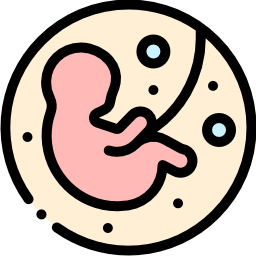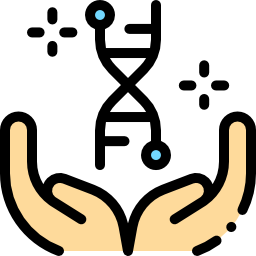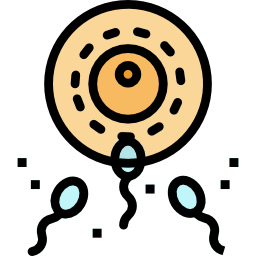Egg Freezing (Oocyte cryopreservation):
Egg Freezing (Oocyte cryopreservation)
Unfortunately, the reproductive potential of women declines by advancing age. Because both the quality and quantity of a woman's eggs, diminishes with age while the uterus maintain its ability to carry a pregnancy. Especially for women after 35 years old, the chance of pregnancy decreases and the risk of miscarriage and genetic abnormality increases due to diminished egg quality and quantity. Egg Freezing offers women flexibility in delaying pregnancy for later in life and allows them to take control of their own biological clock.
Oocyte Freezing Procedure:
1. Ovarian Stimulation (7 To 10 Days):
On Day 2-3 of the Menstrual Cycle, injections start for stimulating the growth of multiple follicles in the ovaries. Every 3 day, ultrasound scans are used to monitor follicular growth. 36 to 40 hours before the schedule Egg Retrieval (oocyte pick up), for oocyte trigger another injection is given to induce maturation of the eggs.
2. Egg Retrieval (OPU):
Eggs are retrieved using a thin ultrasound-guided needle during a minor procedure under sedation and are then frozen for later use.
3. Future IVF Cycle:
When you are ready for pregnancy, your eggs are thawed and fertilized using ICSI.
Other Topics

General Information
After thoroughly investigating all potential causes of infertility in the couple, the underlying causes are identified and treatment options are reviewed.
Read More
How is Artificial Insemination (IUI) Performed
It is a treatment option for specific conditions. The cost of this treatment option is low. Although the success rates of intrauterine insemination (IUI) are not.
Read More
What is In Vitro Fertilization (IVF) Therapy?
It is the most preferred treatment option achieving high success rates in current technological advances. Unlike the ovulation induction method, this method aims to grow 7-15 egg cells.
Read More
Egg Freezing (Oocyte cryopreservation):
Unfortunately, the reproductive potential of women declines by advancing age. Because both the quality and quantity of a woman's eggs, diminishes with age while the uterus maintain its ability to carry a pregnancy.
Read More
Tese/Micro TESE & Sperm Freezing
TESE is an invasive procedure utilized to locate sperm in men with azoospermia (no sperm in semen) or severe testicular failure. Micro TESE is a small surgical operation performed with a microscope and samples are taken from the appropriate parts accordin
Read More
Embryo Freezing (cryopreservation)
Embryo freezing is a method of preserving the viability of embryos by carefully cooling them to very low temperatures (-196 0 C ).
Read More
